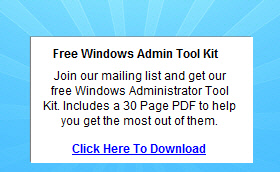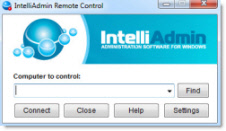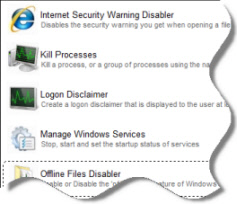Running HyperV 2012 R2 fully patched.
I have HyperV clusters set up at two different locations, Cluster A and Cluster B.
I can live migrate VMs from node to node withing a cluster, but I would like to migrate a VM from a node on one cluster to a node on the other. In other words, I would like to live migrate a VM from Cluster A to Cluster B.
When I go into Failover Cluster Manager and select the VM I want to move, it only gives me target nodes on the same cluster.
How do I get nodes from the other cluster to show up as targets?
I have found surprisingly little information on the Google. Most of it is about live migration within a cluster (or VMWare). Not as much on migration between HyperV clusters.
Any pointers are appreciated.
Thank you.


